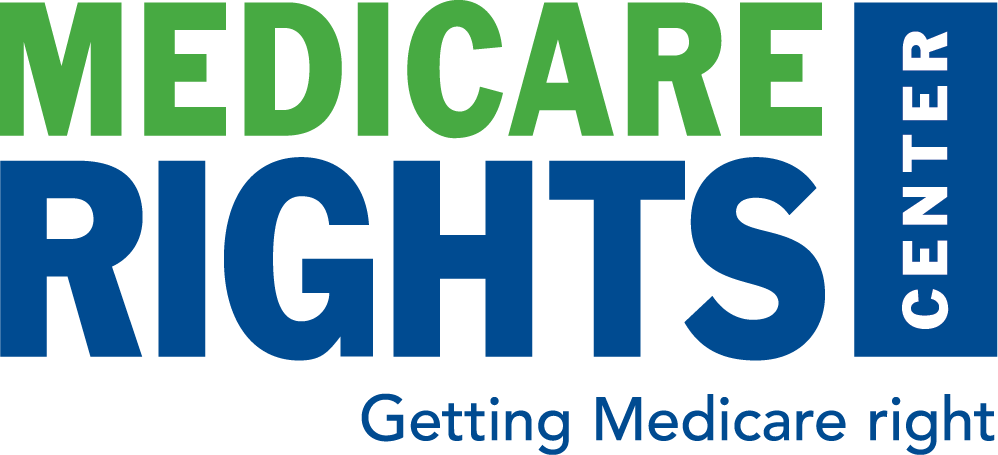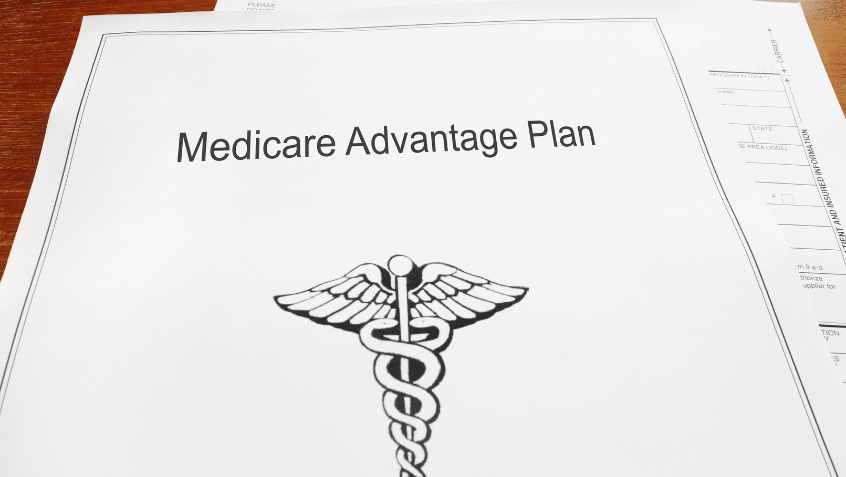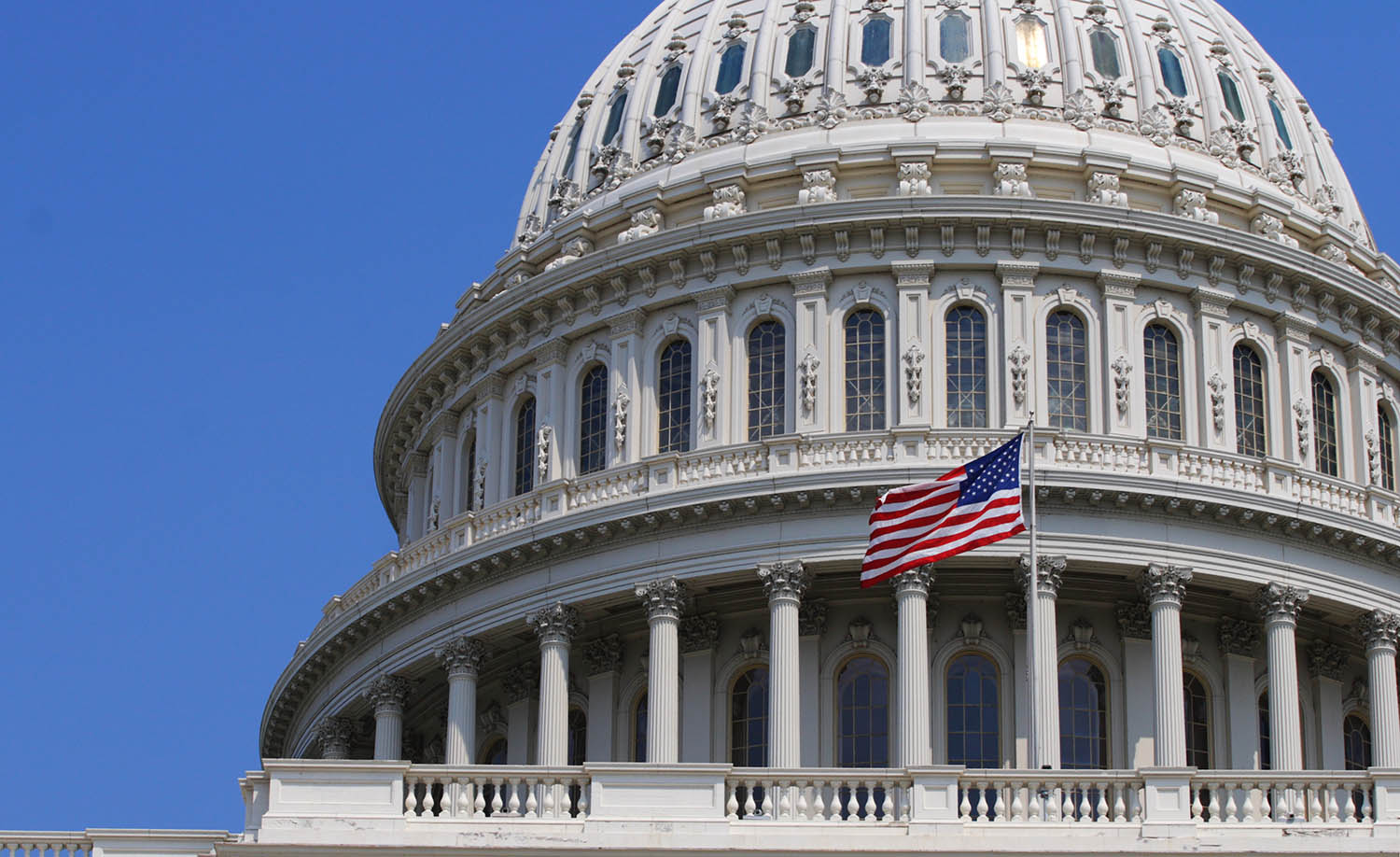Congress is preparing to repeal key aspects of the Affordable Care Act (ACA) without having a replacement ready to go. This strategy—known as “repeal and delay”—has profound implications for our health care system. Among those, finding a way to pay for replacing the ACA could pit our nation’s major health care programs, and the people who rely on them, against one another in troubling ways.
This blog post examines a very specific aspect of forthcoming repeal efforts that might otherwise fly under the radar—the “replacement fund.” Let’s walk through what the fund will do and what it means for ordinary Americans. According to estimates from the nonpartisan Congressional Budget Office, ending the ACA would save the federal government money in some areas, especially where the ACA expanded coverage. At the same time, repeal would create a cost to the federal government in other areas, specifically where the law brought in more taxes or reduced spending.
Here’s how the replacement fund works:
- (ACA repeal savings) – (increased costs from ACA repeal) = (replacement fund)
If Congress does eventually advance an ACA replacement bill, it would be funded, at least in part, by the money set aside in the replacement fund. Let’s consider a concrete example of how this might play out. In 2015, Congress passed a bill to repeal select parts of the ACA. President Obama vetoed this bill, but it can still give us insight into how lawmakers who want to repeal the ACA are thinking about these issues.
If ACA opponents follow their 2015 plan to repeal the ACA, somewhere from over $300 to $500 billion will be available for the replacement fund (using the formula above). That seems like a lot of money. But it costs $1.4 trillion to provide health coverage to the more than 20 million Americans who gained health insurance through the ACA.
A replacement fund that follows from Congress’ prior ACA repeal framework would have at most only 40% of the money it takes to provide coverage like that made available by the ACA. Even if we were very optimistic and if Congress’ replacement plan made enormous gains in health care efficiency (and that’s questionable), no one could expect to have the same coverage for 40% of the cost of the ACA’s approach.
So, how would lawmakers fund an ACA replacement? Either the money would have to come from somewhere else or coverage under the replacement plan would have to be severely limited. Alternatively, an attempted replacement could involve both—money taken from other sources and a reduction in coverage. To find more funding, Congress could do any of the items below, or a combination of them:
- Reduce the amount of help given to people to afford coverage, or limit the number of people who are eligible for that help;
- Cut Medicare benefits or payments;
- Increase taxes on employer-sponsored health plans; or
- Cut federal support for Medicaid benefits and services
It’s likely that if Congress moves forward with repeal, the replacement fund cannot provide enough money for equivalent coverage. Making up the shortfall will pit all the ways we get health care today, including Medicare, Medicaid, employer-provided coverage, and privately purchased coverage, against one another. The Americans that depend on each of these sources of coverage and the providers who deliver their care would be forced to into a four-way battle—just to claw back some of part of what Congress’ ACA repeal legislation took away.
Whatever your view of the ACA, this presents a nightmare scenario for everyone in our health care system. Instead of finding ways for everyone to lose, let’s begin the hard work of finding ways to make coverage and care more affordable.
Larry McNeely is the Policy Director of the National Coalition on Health Care [x_author title=”About the Author” author_id=”24″]
The Latest
Most Read
Add Medicare to Your Inbox
Sign up to receive Medicare news, policy developments, and other useful updates from the Medicare Rights.









